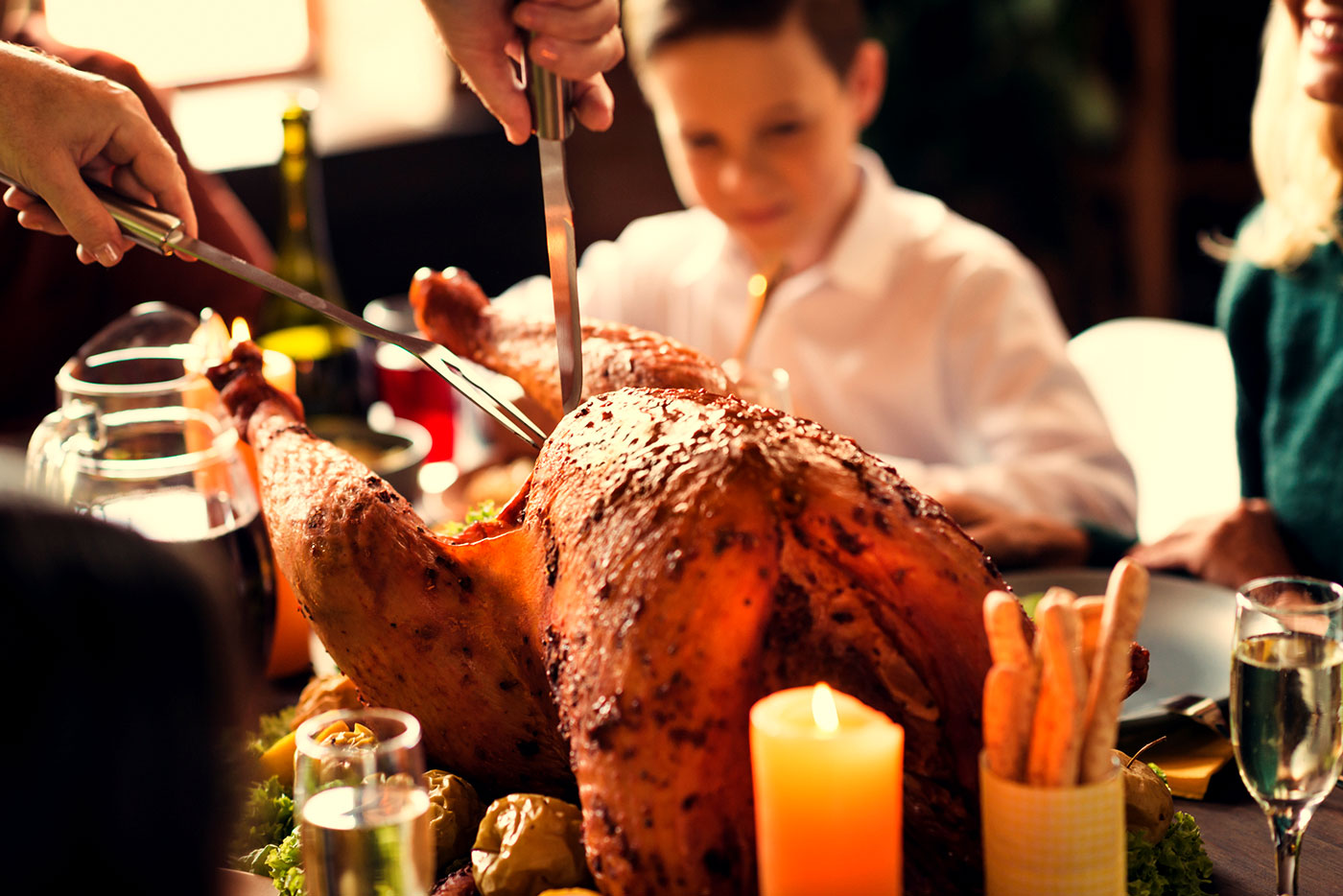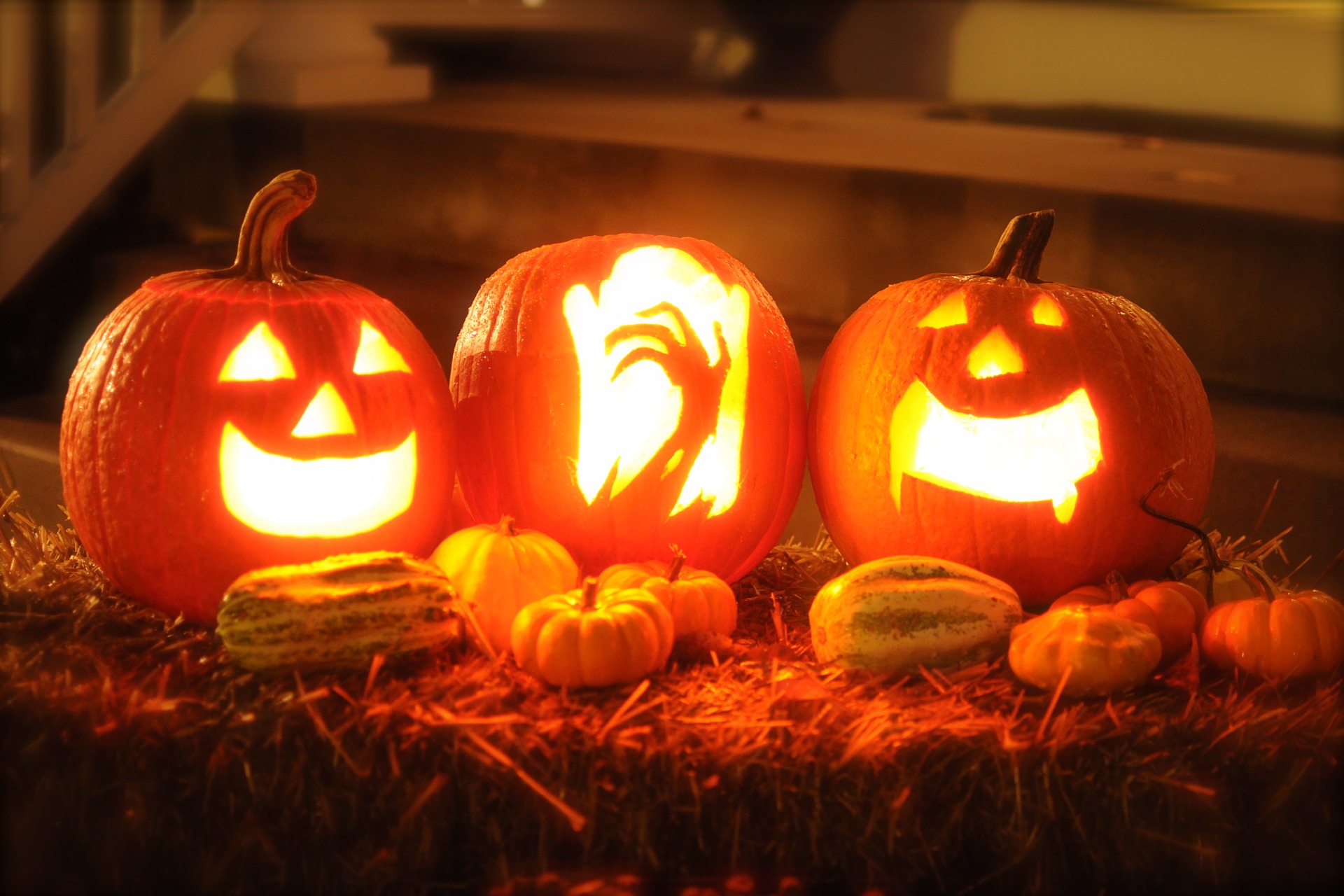There is something strange about the Thanksgiving holiday that sets it apart from other holidays. Perhaps it’s the expectation of a house full of relatives and friends or the aroma of a turkey baking in the oven which contributes to festive anticipation. Maybe the strangeness stems from the fact that it falls on a Thursday.
Generally, Thursdays have never really done anything for me. As far as I was concerned, Thursday was nothing more than a dull day which stood in the way and slowed down the arrival of Friday and its promise of the weekend. So it may very well have been the designation of Thursday as the day of the week to celebrate Thanksgiving which bestowed upon it a kind of dignity with a Sunday flavor.
To me, every Thanksgiving Day seemed like a Sunday. As far back as I could remember, while immersed in a Sunday kind of ambiance, I would be pleasantly relieved when realizing that I had three more days of freedom before I had to return to school. I wondered if other people experienced this same phenomenon or if it was just me.
In preparation for this article, I spent a good deal of time trying to learn something about the way in which Thanksgiving is celebrated in Italy, only to come up empty-handed and hearing myself say, “Thanksgiving in Italy? Fahgettaboudit!”
Italy does not celebrate Thanksgiving as we know it.
Some parts of Italy observe a Harvest Festival, a kind of European Thanksgiving in September during which they thank God for a good harvest season. The literal translation of the phrase “Thanksgiving Celebration” in Italian would be La Festa del Ringraziamento, referring to a number of religious holidays observed throughout the year for patron saints. And while Thanksgiving is not a traditional holiday in Italy, it has become a traditional holiday for those Italians and many other ethnic groups who have left their native land and assimilated into American culture.
There is an interesting story connected with the establishment of Thanksgiving. Coincidentally, the date was November 28, 1861, exactly one hundred and fifty-nine years ago from this year’s November 28 Thanksgiving Day, when President Abraham Lincoln issued an order that all government offices close for a local holiday of giving thanks.
At that time, Thanksgiving was celebrated on a local level by only some of the states and at different times. Although it was only a local holiday in Washington D.C., it was enough to trigger a response from a lady named Sarah Josepha Hale, a 74 -year-old magazine editor who wrote a letter to President Lincoln urging him to make Thanksgiving Day an annual fixed Union Festival (the southern states had by this time seceded and the Civil War was in full swing).
Mrs. Hale is quoted in her letter to the president as follows: “You may have observed that for some years past, there has been an increasing interest felt in our land to have the Thanksgiving held on the same day in all the states; it now needs National recognition and authoritative [sic] fixation, only, to become permanently, an American custom and institution.”
This was not Mrs. Hale’s first attempt to get Thanksgiving recognized as a national holiday. She had been trying for years, writing to other presidents long before Mr. Lincoln took office. However, upon receiving Mrs. Hale’s letter, President Lincoln responded to it immediately. Thanksgiving would be held on the last Thursday of November … until seventy-eight years later. In 1939, the month of November had five Thursdays and was a source of confusion. Consequently, President Franklin Roosevelt changed Thanksgiving Day officially to the fourth Thursday of November.
Today I think back to Thanksgiving’s past. During my childhood, I remember that our house on Thanksgiving Day was full of family and extended families. Imagine, if you will, a house abuzz with everyone talking, joking, and laughing all at the same time; it was almost like music. Among my relatives was an uncle who possessed an overabundance of humor and was referred to as “the unemployed comedian,” but never to his face. I was just a kid, young and gullible and it took me a while before I took his comments with a grain of salt, but on that day, before I became wise to my uncle’s joking ways, I asked, “Zio! How do you say ‘Happy Thanksgiving’ in Italian?”
He looked at me very seriously and said, “Listen carefully; I’ll say it only once.” And as soon as he was sure that he had my full attention he said, “Happy Thanksgiving in Italian.”
As a child, my recollection of turkey day in our Sicilian household consisted of a huge turkey, plump and glistening golden brown, placed in the center of the table, looking very much like the turkey pictured in Norman Rockwell’s painting of an elderly couple serving a fat turkey to a happy family of children and grandchildren. The only difference was that my mother, with the help of my sisters, prepared a number of old world side dishes as well.
If my memory serves me correctly, the turkey was preceded by an antipasto of breaded mushrooms, prosciutto, olives, anchovies, artichoke hearts, peppers, and caponata, which is a kind of chopped eggplant dish with celery and capers in a sweetened sauce which I could never identify. The only dish missing was pasta: for this meal, pasta took a back seat to the turkey.
My mother’s turkey was to live for. She stuffed that bird with a mixture of pork, beef, rice, chopped celery, and just the right seasoning, topped off with parsley. Insalata also graced our table along with various vegetable dishes. But what I especially remember are the yams, sweet potatoes, cranberry sauce, and apple cider: They were known as the once-a-year-foods because we had them only on Thanksgiving Day.
There is no doubt that the day we set aside to give thanks to the Almighty is a distinctly American tradition, but it is one originating with an early group of immigrants known as Pilgrims. Who could have foreseen that their small celebration was destined to become an American symbol of gratitude for all Americans and for the millions who had not yet reached our shores from other lands? Today, as immigrants and children of immigrants, we carry on the celebration of this Sunday-kind-of-day and say thanks.
So how does one say “Happy Thanksgiving” in Italian? My best guess would be, Buon Giorno del Ringraziamento. It is my wish for you all.






























